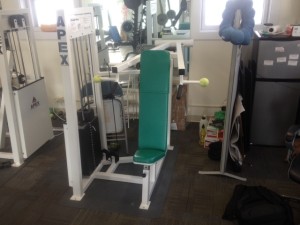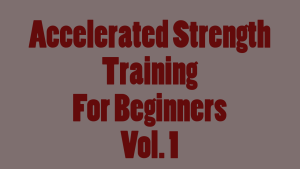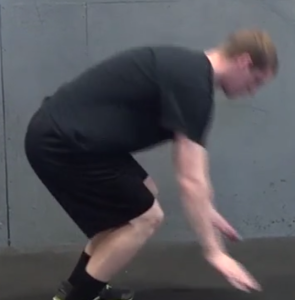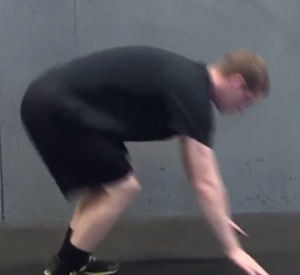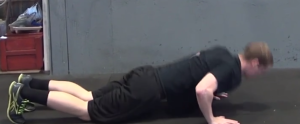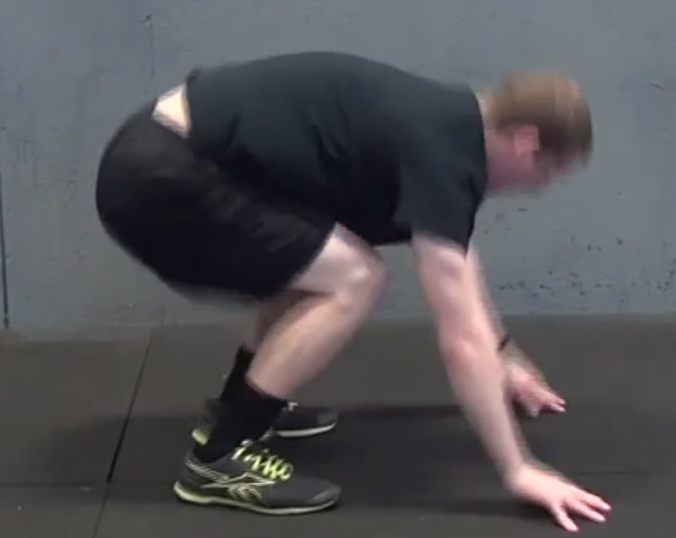In the world I’ve grown up in, I’ve learned that WORKOUT MACHINES ARE BAD!
However, I’m also aware that If I had grown up 20 years ago, I would have learned that machines are the way to go. After working with a different demographic, and being introduced to a new style of training than what I’m used to, I really do believe that there is a place for machines in strength training.
But first – here are some reasons why I always thought (and some are still true) think machines are “bad” to use.
- Limited Range of Motion (You are limited to the range that the machine allows)
- They Don’t Integrate Your Core
- They Don’t Exercise The “Small” Supporting Muscles
For most trainers, from a GPP (General Physical Preparedness) Standpoint, machines sound terrible from those 3 bullets above! And just a week ago, I thought the same thing. After working with multiple people above their 70’s and 80’s in age this week, I’ve come to understand that there is a use for machines. Let’s attack those three bullet points and create a counter-argument for each.
Limited Range of Motion – Range of Motion may be limited, but machines are extremely effective at isolating a muscle. If you’re a bodybuilder, or using machines as a supplementary exercise to other full range of motion exercises, there is no reason you shouldn’t use machines.
Here’s an example: One of the machines I’ve been using is the Apex Vertical Row. It trains the same path of motion every time, but it works the shit out of my lats! I’ve been integrating it into my own personal workouts and absolutely love it! I use pull-ups, pullovers, and straight-arm pulldowns to supplement the Vertical Row Machine.
They Don’t Integrate Your Core – I remember reading some work by Paul Chek, and he mentioned that anytime you are holding onto a fixed object, it automatically takes stress off of your core (which makes sense). So, going along with Paul Chek’s statement, and what I also believe to be true, machines take the “demand” away from the core. This could be very beneficial, in a few ways.
One way is if someone has an abdominal injury, and they want to limit the use of it, but still want to strengthen their other muscles.
Another way is if someone’s core is too weak to support overhead or free weight movements. This directly applies to me, because I often have to stop my Barbell Shoulder Presses due to a lack of strength in my core, not my shoulders! Because my core can’t support the weight overhead, I tend to arch my back and that’s when back problems happen. This leaves me with a few options. I can:
- Strengthen my Core
- Lower the Weight
- Isolate my Shoulders on a Machine While I Simultaneously Strengthen my Core to Support Weight Overhead
I personally like the third option because it allows me to get stronger in both muscle groups at the same time. It’s annoying to wait for weaker muscles to catch up, and who want’s to lower the weight? Not me! Machines can help you break through plateaus due to weak abdominals, and help you prevent injury. However, this is not an excuse to just train your shoulders and not your core. That would ultimately be making the problem worse!
They Don’t Exercise The “Small” Supporting Muscles
This part depends all upon you or your client’s goals. Machines do add a huge amount of stability to exercises, making the exercises in the gym safer, but this can lead to injuries in day to day life. If you’re training someone who is into changing their physique, and you plan on using machines, I suggest isolating muscle groups and then integrating them into a dynamic exercises with free weights – even if the load is low.
For example, you could use the Shoulder Press Machine to isolate your shoulders, and then grab some bands to perform some external rotations to work your rotator cuffs. Doing a DB Shoulder Press, Incline DB Bench, or Push Press would be good choices for “integration exercises” in this case. Your workout could look like this:
A1.) Barbell Push Press 2×15
A2.) Shoulder Press Machine 2×8-12
A3.) External Rotation 2×10-15 reps / side
Benefits of Machines
“Wait, there are actually some more benefits to machines?” I believe so, but you have to look at the “big picture”.
Intimidation
Some people are extremely intimidated by free weights, and will never change. There are more of these people than you think. You don’t see them because they’re not in the gym. They see CrossFit workouts and are scared to death! Using machines for strength training are better than nothing, and can definitely improve someones health and lifestyle if done correctly. If it comes down to not working out or machines, use machines.
In the past week, I’ve worked with people ages 45-87. As expected, those who are younger have been much more open to using free weights than the older clientele. There is much less “risk” associated with using machines, and I can understand where they older crowd is coming from. I still believe there is a place for free weights even with older clients, but again, as you get older, we’re not training for performance (in most cases!). Our goal is to help prevent future injury, maintain bone structure, muscle mass, and strength.
Drop Sets
Drop sets are so easy with machines! You just pull the pin out, and stick it in another weight. It’s extremely effective! It’s also a lot safer to go to failure with machines… although that won’t stop me from maxing out my Barbell Back Squat when I’m the only one in the gym 🙂
Conclusion
I believe there is a time and place for both machines and free weights, and there is no reason to be an all or nothing trainer when it comes to either one. You can use the above to help form your own workout and decide how you want to use free weights vs machines, or, if you’re looking for a workout already written out and done for you, you can check out my Accelerated Strength Training System.
It provides a full workout manual and step-by-step tutorial videos on how to perform every exercise required. Right now, you can also get my Full Nutrition Guide, the Hybrid Athlete Nutrition System along with it, for a very affordable price!

